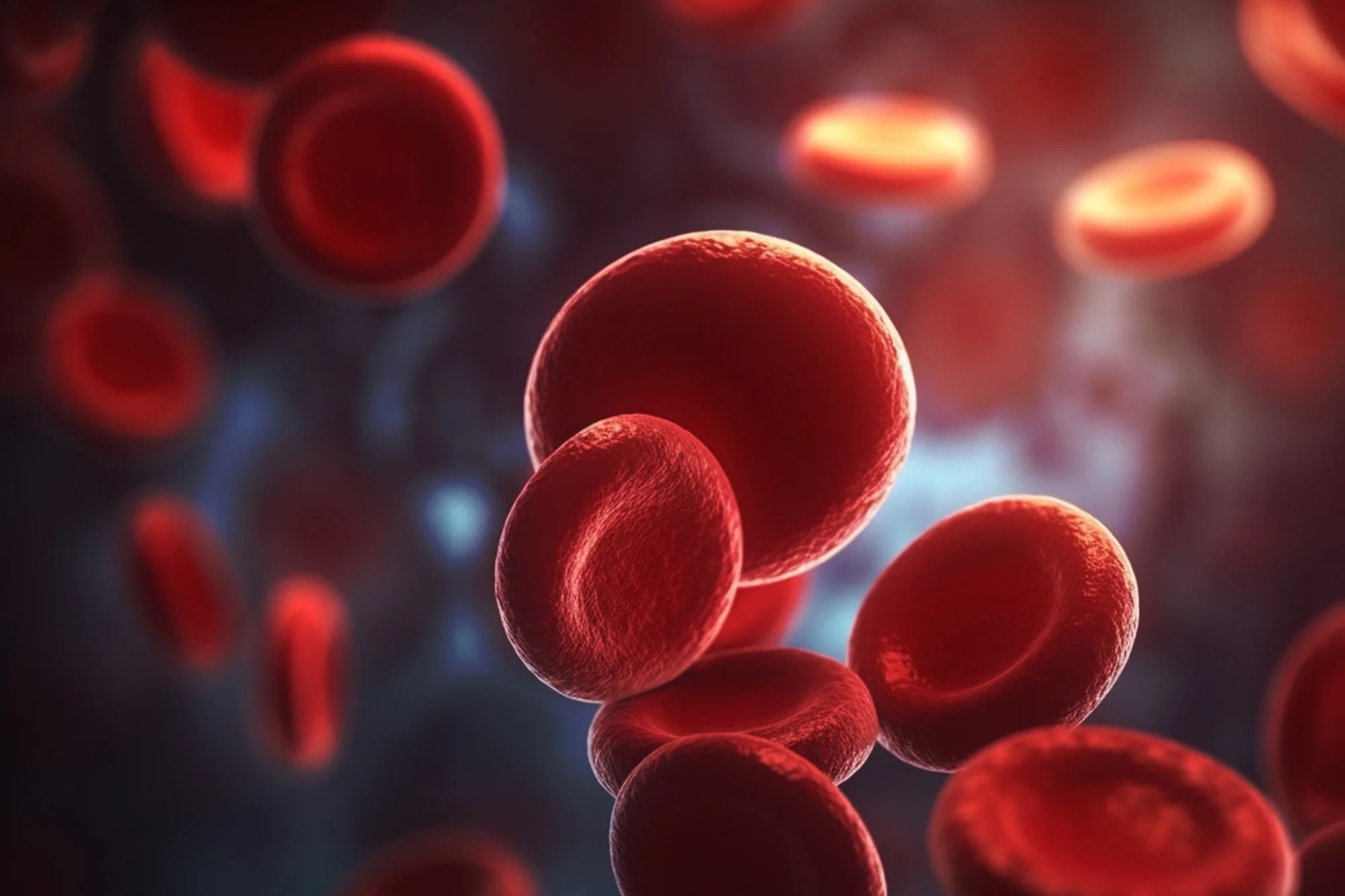Introducing the Concept of Hyperemia:
The physiological response known as hyperemia, which is also sometimes referred to as "vascular congestion," is defined by an increase in the amount of blood that gets delivered to a particular organ or tissue. This occurrence takes place as a consequence of the dilatation of arterioles and capillaries, which leads to the accumulation of blood in the region that is affected. Active hyperemia and passive hyperemia are the two primary forms of hyperemia that can be distinguished from one another.
Hyperemia that is Active:
Active hyperemia, which is sometimes referred to as functional hyperemia, is a syndrome that occurs when a tissue or organ experiences an increase in the amount of metabolic activity or demand. A number of local variables, including metabolites, oxygen tension, and neurological effects, come into play during this process, which is regulated and controlled. For instance, when skeletal muscles are engaged in physical activity, they require a greater quantity of oxygen and nutrients. This, in turn, causes vasodilation and an increase in blood flow in order to satisfy the higher metabolic demands.
Hyperemia that is Passive:
The condition known as passive hyperemia, on the other hand, is characterized by the accumulation of blood due to the obstruction or impairment of venous outflow from a tissue or organ caused by the condition. This particular form of hyperemia is frequently seen in patients who are suffering from illnesses such as venous thrombosis or congestive heart failure, both of which are characterized by impaired venous drainage.
The Mechanisms and the Causes:
A variety of factors, including the following, can cause hyperemia to develop:
Inflammation: As part of the immune response of the body, inflammatory mediators have the ability to open up blood vessels and increase the amount of blood that flows to the affected area.
The process of exercising causes active hyperemia, which is responsible for delivering oxygen and nutrients to the muscles that are actively working.
Local heating: The application of heat causes vasodilation, which in turn increases the amount of blood that flows to the area that is being heated.
Injuries or trauma can cause tissue damage, which can then trigger a hyperemic response, which helps the body heal and restore itself.
Hormonal shifts: Hormones such as estrogen have the ability to affect vascular tone and contribute to hyperemia, which is a state that can be observed in conditions such as pregnancy.
Relevance to Clinical Practice:
In a variety of medical settings, having a solid understanding of hyperemia is essential:
There are a number of symptoms that can be used to diagnose hyperemia, including redness, warmth, and swelling in the affected area. These symptoms can help in the identification of inflammatory disorders.
Using cold therapy (vasoconstriction) or heat therapy (vasodilation) to change the way blood flows can help manage hyperemic reactions that happen because of injuries or inflammatory illnesses.
The monitoring of hyperemia can provide valuable insights into the functioning of the cardiovascular system, particularly in diseases such as hypertension or heart failure.
Through the study of hyperemia, researchers are able to better understand the physiology of the cardiovascular system and create treatments for ailments that are related to it.
Concluding remarks:
The physiological response known as hyperemia is characterized by an increase in blood flow to a particular tissue or organ. Either an increase in metabolic demand (active hyperemia) or a disruption in venous outflow (passive hyperemia) can be the cause of this increase in blood flow. In a variety of medical situations, including diagnosis and treatment, cardiovascular health, and research initiatives, it is necessary to have a thorough understanding of its causes, mechanisms, and clinical importance. When medical personnel have a full understanding of hyperemia, they are better able to handle problems associated to it and improve the results for their patients.



